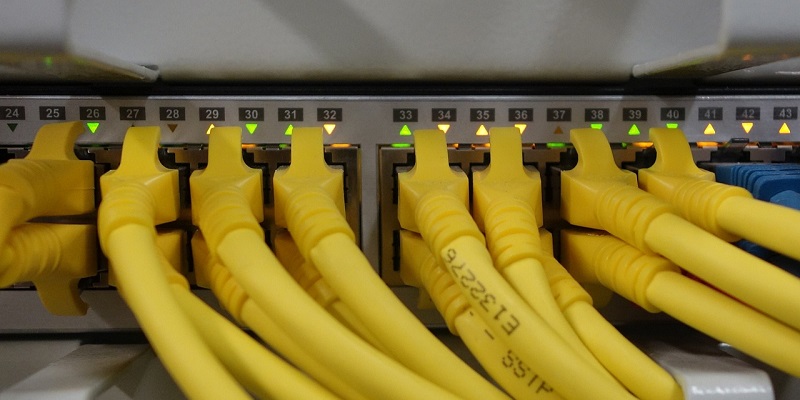In today’s interconnected world, network management has become more crucial than ever. With the rise of the Internet of Things (IoT) and the exponential growth of data, it is essential to adapt and embrace advancements in networking protocols. One significant development is the inclusion of IPv6 in network management strategies. This article explores the importance of incorporating IPv6 into management capabilities and the increasing need for organizations to be vigilant about the IPv6 plane.
The Growing Importance of IPv6 in Network Management Strategy
The exponential growth in internet usage and the depletion of IPv4 addresses necessitated the adoption of the more advanced IPv6 protocol. As organizations transition to IPv6, it becomes crucial to acknowledge and engage with the IPv6 plane to enhance management strategies. This shift is timely and critical for ensuring network security and operational efficiency.
The Rise of the IPv6 Plan
Unfortunately, threat actors have also recognized the potential of the IPv6 plane. Security researchers have discovered a significant increase in malicious activities originating from IPv6 addresses. The volume of these addresses, reported by the CrowdSec network, has doubled over the last eight months, reaching an alarming 20%. This highlights the need for organizations to gain visibility into the IPv6 plane and take appropriate measures to protect their networks.
Incorporating IPv6 into Management Capabilities
In order to effectively manage network infrastructure, organizations must extend their capabilities to cover not only the traditional IPv4 but also the emerging IPv6 plane. This is particularly important as many versions of Linux and Windows now prioritize IPv6, and IoT devices with embedded Linux are becoming increasingly prevalent in various environments. By embracing IPv6, organizations can ensure compatibility and stay ahead in the evolving networking landscape.
Ensuring Control and Consistency
As networks expand to incorporate IPv6, it becomes crucial to maintain consistent control over critical network services such as DHCP and DNS. With the proliferation of devices and the potential trust issues they bring, having a centralized control mechanism for these services is essential. By establishing a standard IPv6 DNS, organizations can effectively corral the traffic and maintain a secure and efficient network environment.
Deploying an Automation Platform
To manage the complexity of modern network environments, deploying an automation platform that fully supports IPv6 is paramount. This platform acts as a central hub for monitoring, observability, and configuration management or automation across both IPv4 and IPv6 dimensions. By adopting such a platform, organizations can streamline their operations and enhance their ability to detect and respond to potential threats effectively.
Proper Routing Through IPv6
To ensure seamless network functionality and efficiency, it is crucial to validate that routing through IPv6 is happening correctly on all Linux and Windows devices, as well as routers within the network. This step guarantees that data flows smoothly and eliminates any potential bottlenecks or vulnerabilities at the network level.
Protection Against Malicious Activity
As organizations transition into the IPv6 era, the rise in malicious activities targeting organizations from other planes is a significant concern. To combat this, having an automation platform that natively supports multiple dimensions is the most efficient and effective way to protect the organization. By leveraging such a platform’s capabilities, organizations can develop comprehensive security measures and proactively defend against emerging threats.
The integration of IPv6 into a network management strategy is no longer an option; it is a necessity. Organizations must acknowledge the presence of IPv6 and incorporate it into their management plans to enhance security, optimize operational efficiency, and address emerging threats. Investing in an automation platform that natively supports IPv6 and multiple dimensions ensures proactive network management, better control, and increased protection against malicious activities. Embracing IPv6 is no longer a choice but a strategic imperative to thrive in the evolving digital landscape.

